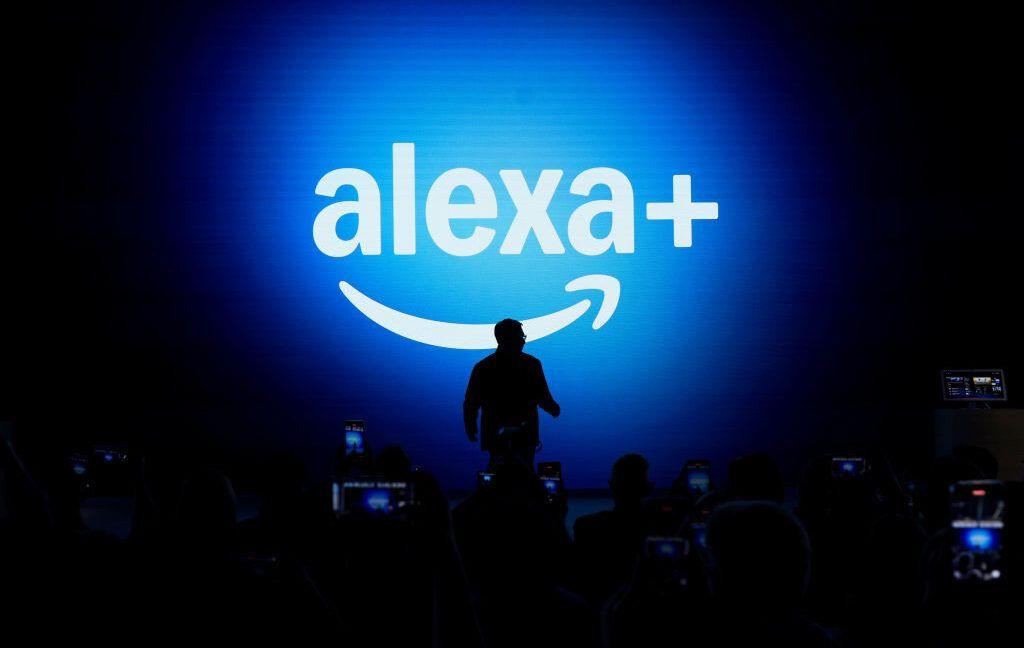Adobe's Responsible AI Use: Balancing Innovation and Creative Integrity
2 Sources
2 Sources
[1]
3 Key Practices Adobe Follows for Responsible AI Use
Adobe has been fueling creativity for decades, from photo and audio editing to video production and more. Lately, they've been applying their expertise to Firefly, a generative AI tool designed with creators in mind. Built by a company that understands and respects the creative community, Firefly is worth considering for your next project. This is why: 1. More Transparent AI Solutions The news is full of stories about AI companies scraping info from online platforms to teach their systems. That's not how Firefly works. Adobe has only trained Firefly on content they have permission to use. Creators who contribute images to train Firefly are compensated for their work. Firefly is also expressly made to be commercially safe for users, having been specifically trained not to infringe on the IP rights of existing property. 2. Better and Safer for Creators Who owns that creation when you generate an image or an animation using AI? With Firefly, Adobe never claims any ownership of the content you create. Adobe built Firefly to take the tedious tasks out of the computer-based design process, leaving you more space to unleash your own human creativity. And when you've made something amazing, Adobe is also committed to protecting creators' rights through their Content Authenticity Initiative, which helps ensure transparency in who owns creative content and how it was created. 3. Ease of Use Like their Photoshop and Premiere Pro tools did for photo and video, Firefly is another way to take your creative energy and give it an outlet. It's a channel that has also been optimized to work directly with the tools you already use to make your creative process better -- not to replace it outright. And if you choose not to use AI in your work, Adobe's products will always work independently of it as well. Artists and creatives are extremely thoughtful about the tools they use to create works that can change how we see the world. To learn more about the promises they make to those who teach it and those who use it, click here to read their Commitment to Creators. After that, you might be convinced to give Firefly a try yourself.
[2]
3 Key Steps Adobe Is Taking for Fair AI Use
The following content is brought to you by Lifehacker partners. If you buy a product featured here, we may earn an affiliate commission or other compensation. If you're tired of feeling like your creativity is being used to generate AI rather than AI powering your creativity, there's news from Adobe. Adobe's Commitment to Creators acknowledges common concerns about AI and details how their product, Firefly, expands AI ethically and transparently. In other words, Firefly gives content creators and artists a way to enjoy the benefits of AI without sacrificing their integrity -- here's how. 1. Giving creators consent and compensation Two of the most significant issues with AI are the lack of clear consent and compensation for creators. Adobe has addressed these concerns head-on, committing never to train Firefly with their users' content without permission. Plus, they guarantee creators who contribute to Adobe Stock get compensated for their content, which is used to train Firefly. And on top of that, Adobe is backing the creative community by supporting the Federal Anti-Impersonation Right Act to defend intellectual property rights. 2. Tools that help us be better Technology should improve our lives, not replace jobs or stifle creativity. To do that, companies need a clear plan for using AI. As Adobe develops Firefly for apps like Photoshop and Lightroom, it's focused on tools that boost creativity instead of replacing it. Its goal is to help creative professionals spend more time on what they love and less time on mindless tasks. 3. Transparency in ownership The creative industry thrives on mutual support and awareness of source material and content ownership when using AI. Adobe co-founded the Content Authenticity Initiative (CAI) to address this. It's an initiative focused on ensuring transparency in content ownership. They also make it clear that third parties, including Behance, can't use customer content on their servers for training purposes. This means you won't inadvertently steal another creative's work, and anything you create using Adobe Firefly is commercially safe and doesn't infringe on copyright or intellectual property rights. If you want to enjoy the benefits of AI without sacrificing your integrity, visit Adobe Firefly to learn more or sign up.
Share
Share
Copy Link
Adobe introduces new AI features while emphasizing responsible use and creative integrity. The company aims to strike a balance between AI innovation and protecting human creativity in the digital realm.

Adobe's AI Integration and Ethical Considerations
Adobe, a leading software company in the creative industry, has recently unveiled new artificial intelligence (AI) features across its product suite. This move comes as part of a broader trend in the tech industry to incorporate AI capabilities into various applications. However, Adobe is taking a unique approach by emphasizing responsible AI use and the protection of creative integrity
1
.New AI Features and Their Impact
The company has introduced AI-powered tools that aim to enhance productivity and streamline workflows for creative professionals. These features include:
- Generative AI for image and text creation
- AI-assisted editing and retouching
- Automated content tagging and organization
While these advancements promise to revolutionize the creative process, Adobe is keenly aware of the potential implications for human creativity and intellectual property rights
2
.Responsible AI Use Guidelines
To address concerns about AI's impact on the creative industry, Adobe has developed a set of responsible AI use guidelines. These guidelines focus on:
- Transparency: Clearly labeling AI-generated content
- Attribution: Ensuring proper credit for human creators
- Ethical data usage: Respecting copyright and privacy laws
- User control: Allowing creators to opt-out of AI training datasets
By implementing these guidelines, Adobe aims to maintain trust with its user base while pushing the boundaries of technological innovation
1
.Balancing Innovation and Creative Integrity
Adobe's approach to AI integration reflects a growing awareness in the tech industry about the need to balance innovation with ethical considerations. The company is actively engaging with creators, industry experts, and policymakers to develop best practices for AI use in creative fields
2
.Related Stories
User Education and Empowerment
As part of its responsible AI initiative, Adobe is investing in user education programs. These programs aim to:
- Inform users about AI capabilities and limitations
- Provide guidance on ethical AI use in creative workflows
- Empower creators to make informed decisions about AI integration
By fostering an informed user base, Adobe hopes to create a more responsible and sustainable AI ecosystem within the creative industry
1
.Industry Implications and Future Outlook
Adobe's stance on responsible AI use could set a precedent for other companies in the tech and creative sectors. As AI continues to evolve and become more integrated into various aspects of content creation, the balance between automation and human creativity will remain a critical issue
2
.The company's efforts to address these challenges proactively may help shape industry standards and regulations surrounding AI use in creative fields. As the technology advances, ongoing dialogue and collaboration between tech companies, creators, and policymakers will be essential to ensure that AI enhances rather than replaces human creativity.
References
Summarized by
Navi
[1]
[2]
Related Stories
Recent Highlights
1
Grok faces global investigations after generating sexualized images of minors and women
Policy and Regulation

2
Meta acquires Manus for $2 billion, adding revenue-generating AI agents to its platforms
Business and Economy

3
Instagram Chief Warns AI Images Are Outpacing Our Ability to Distinguish Real from Fake
Technology








